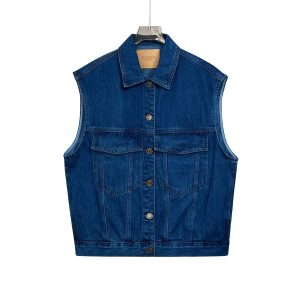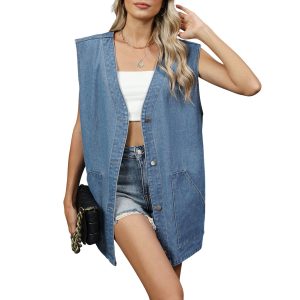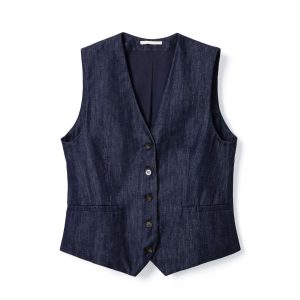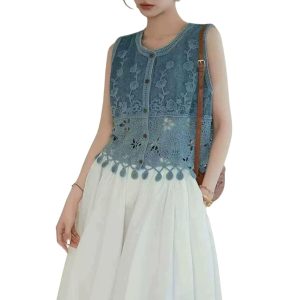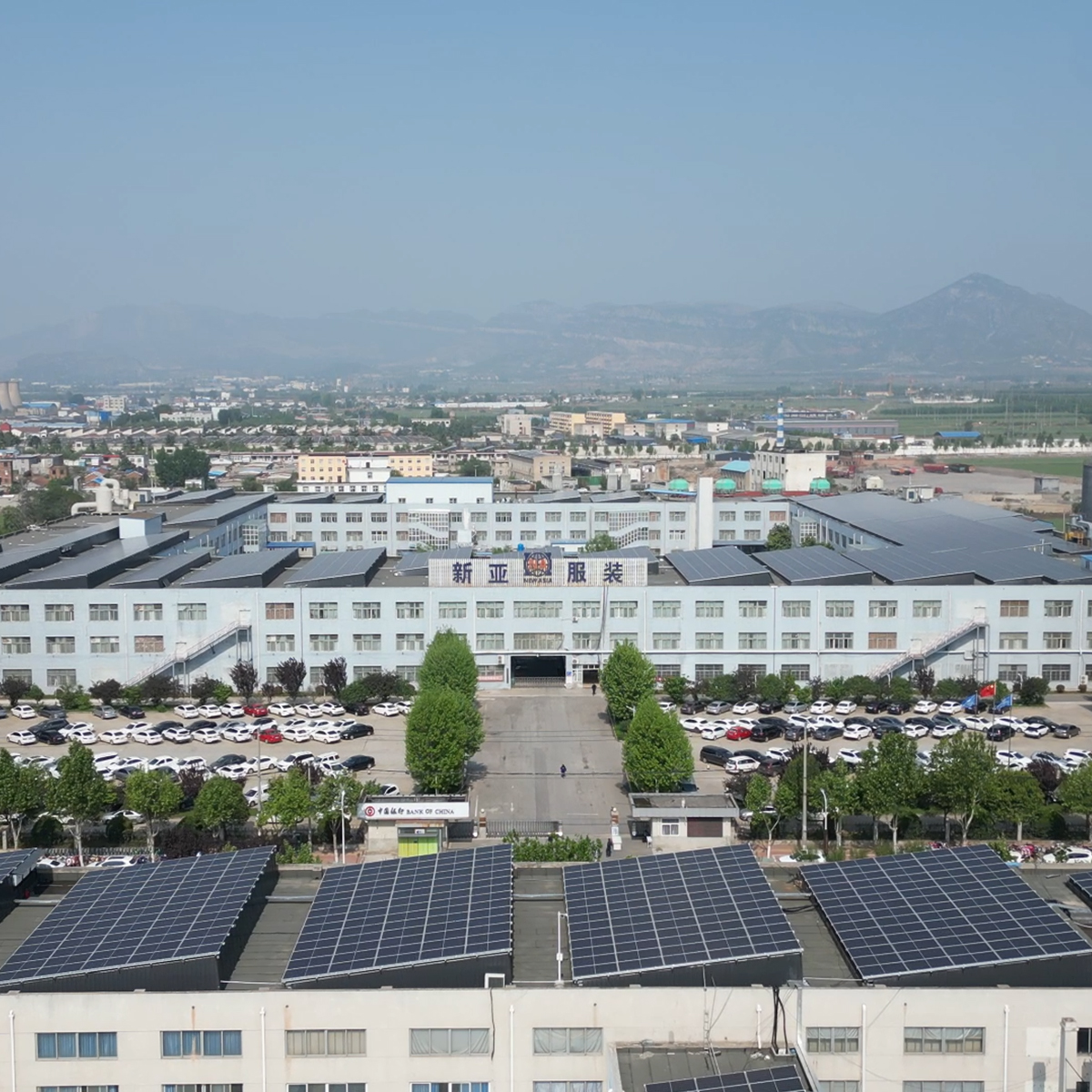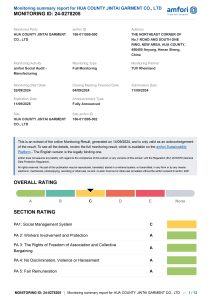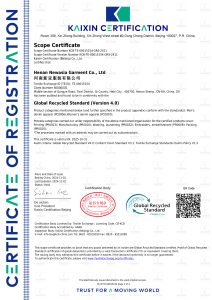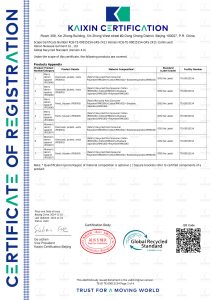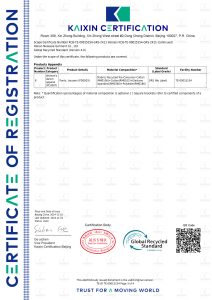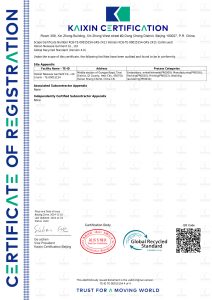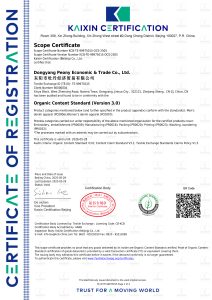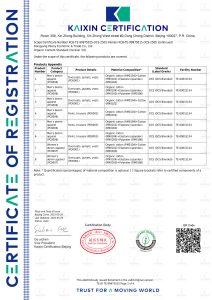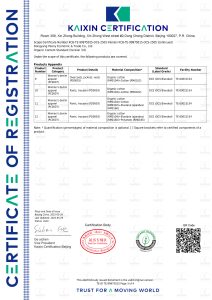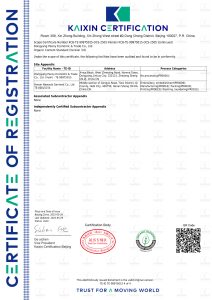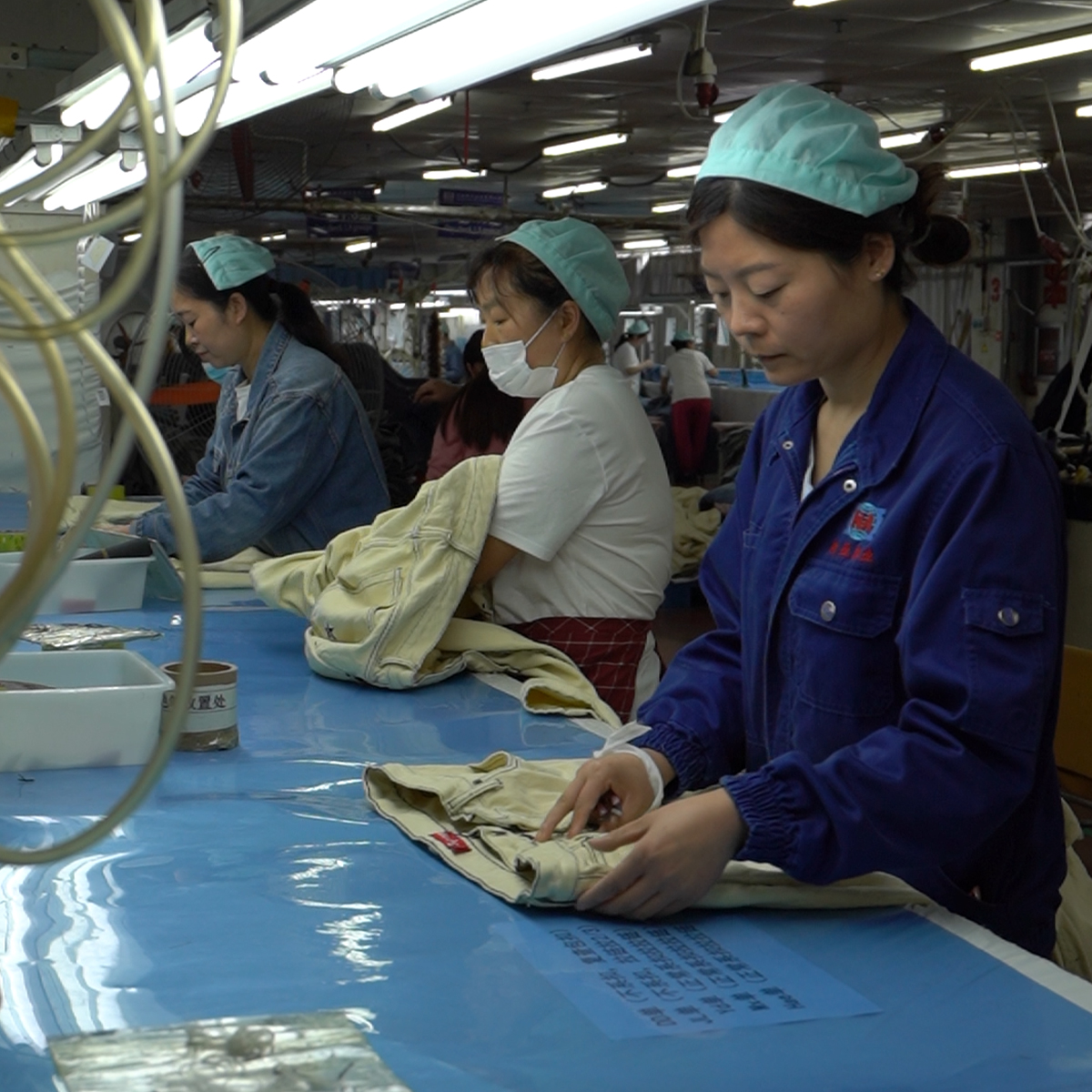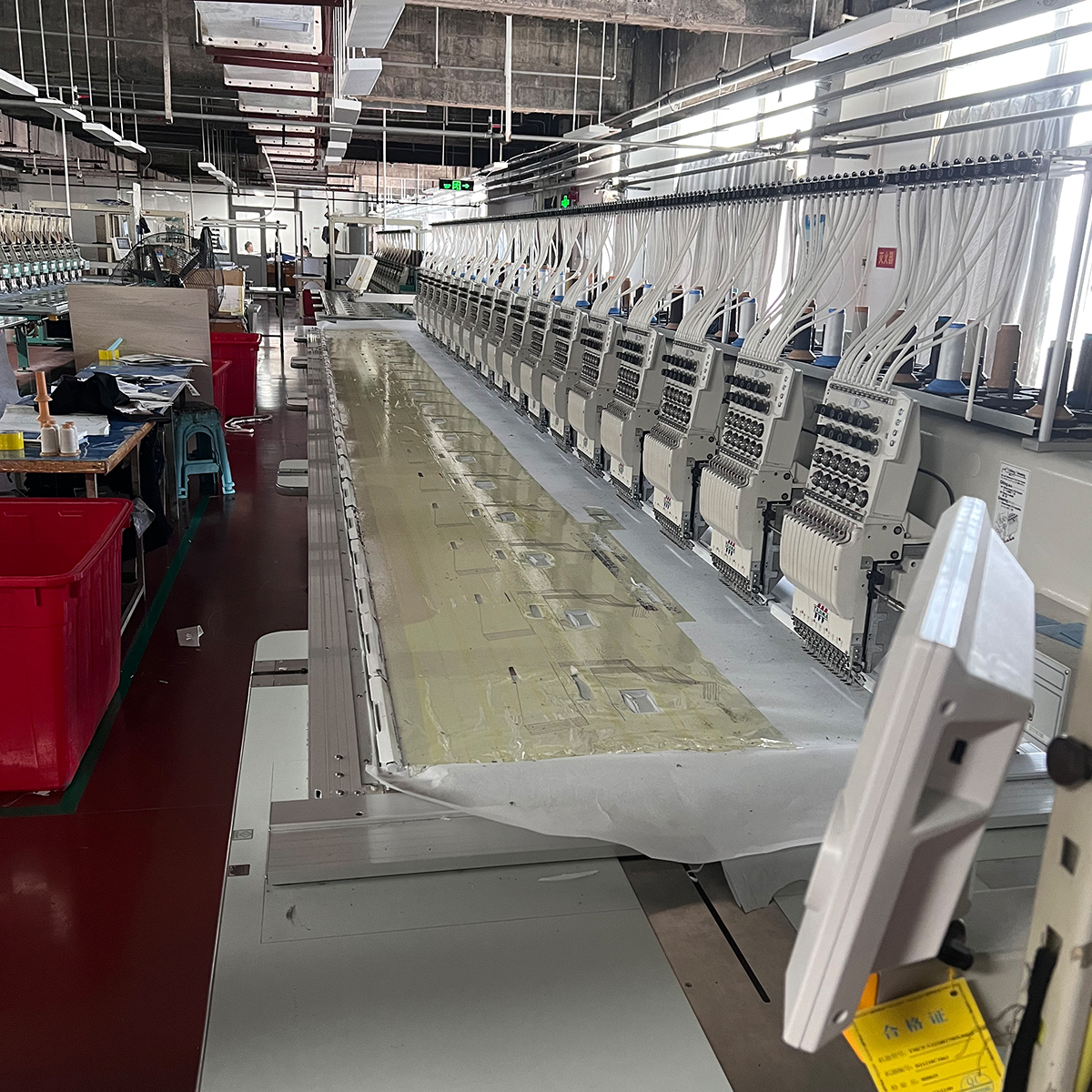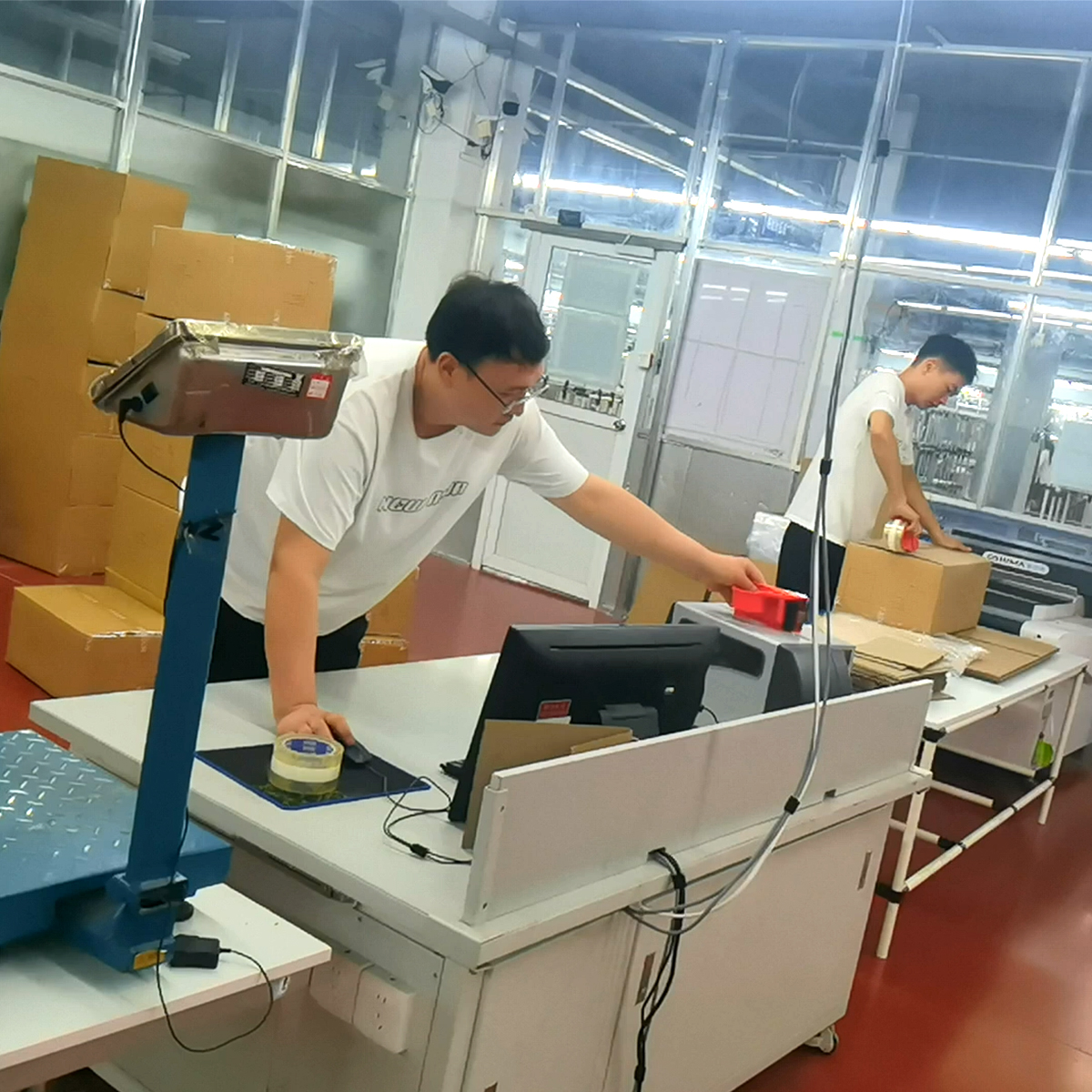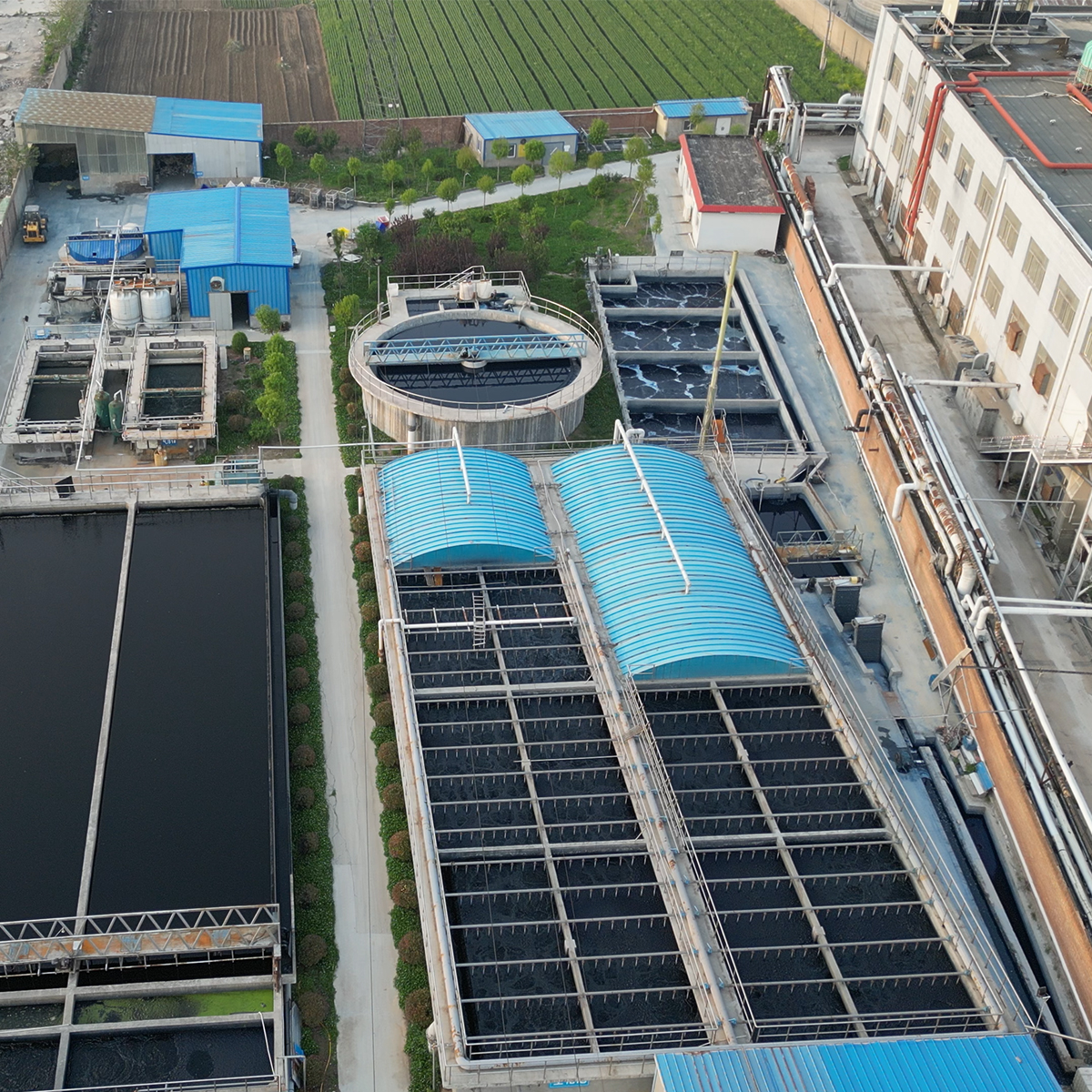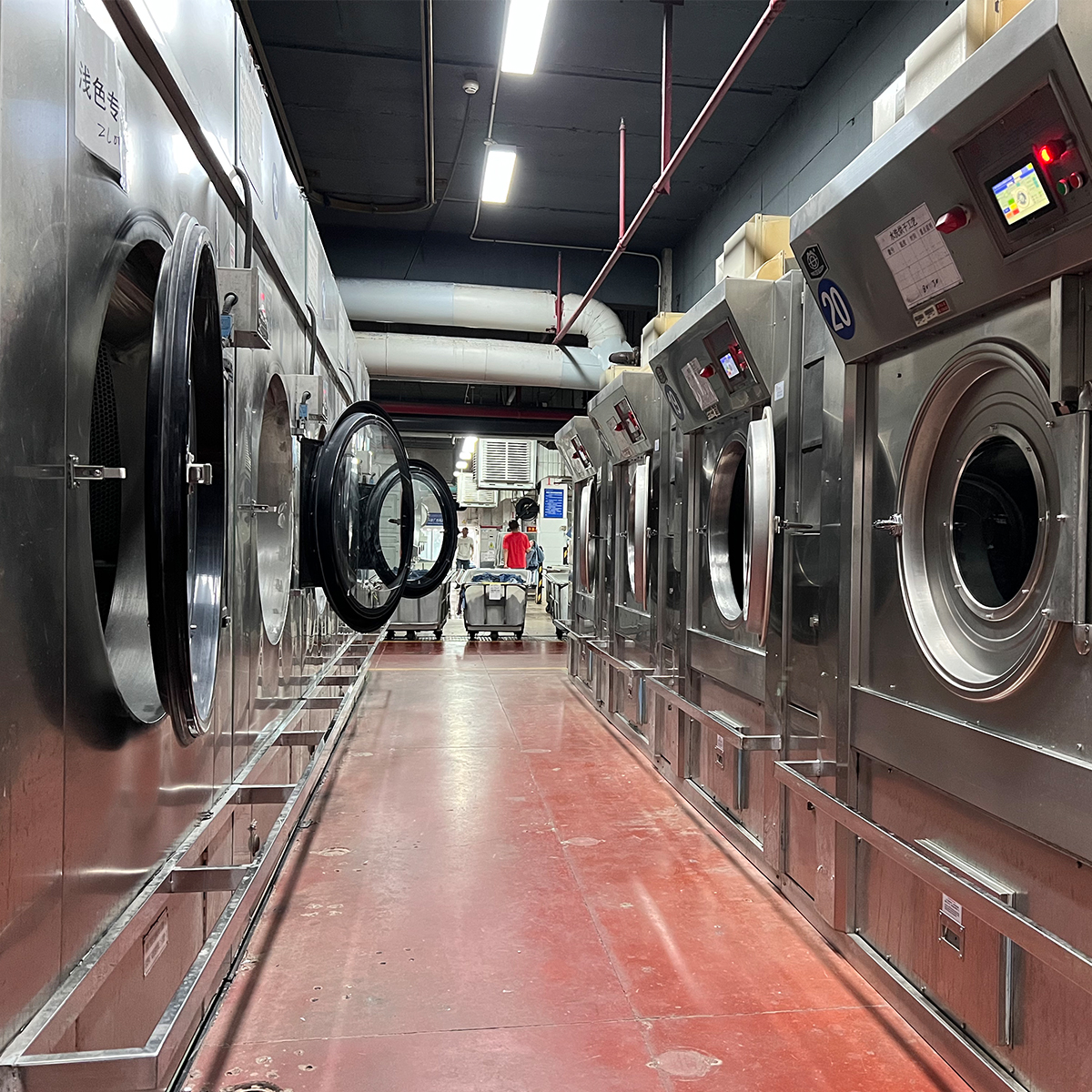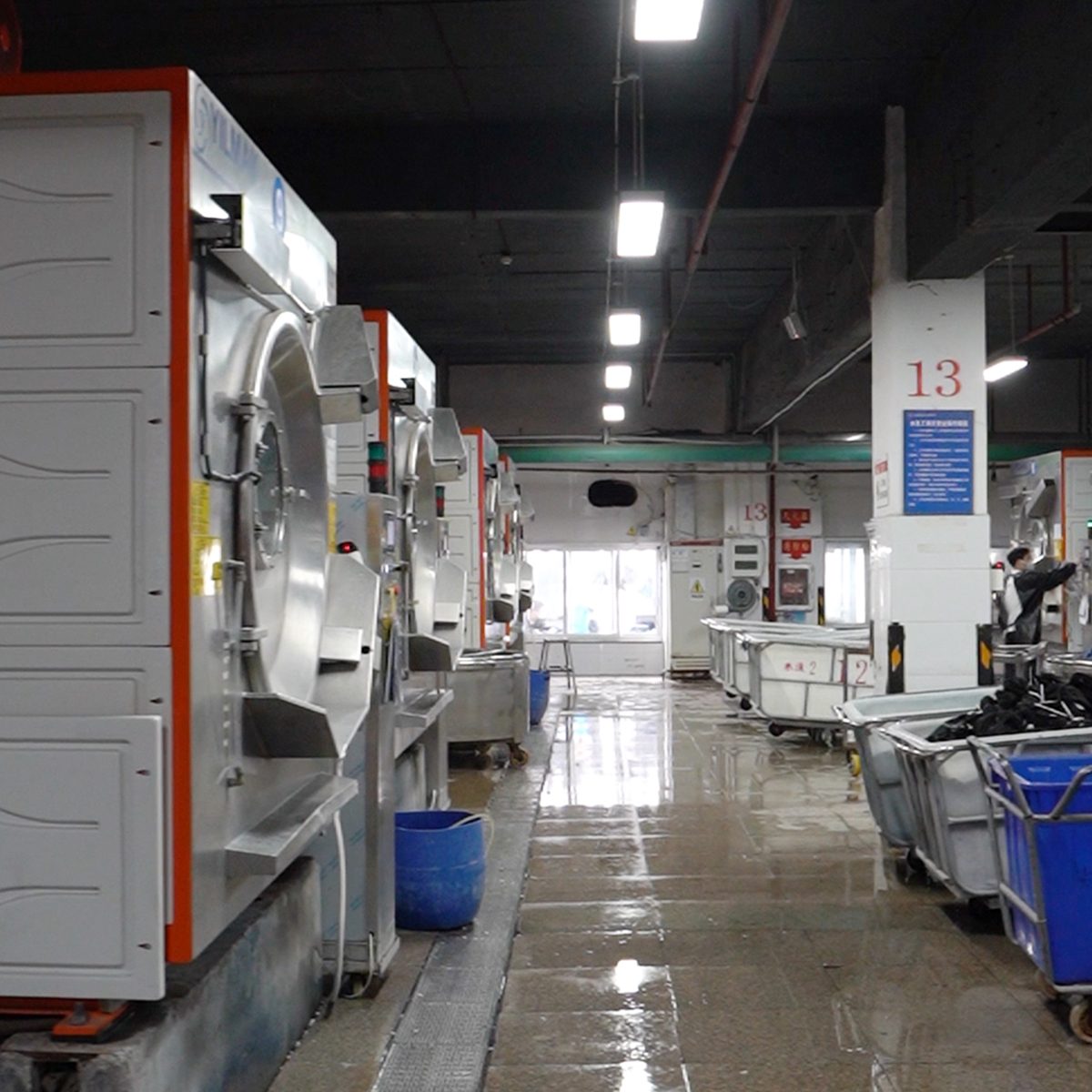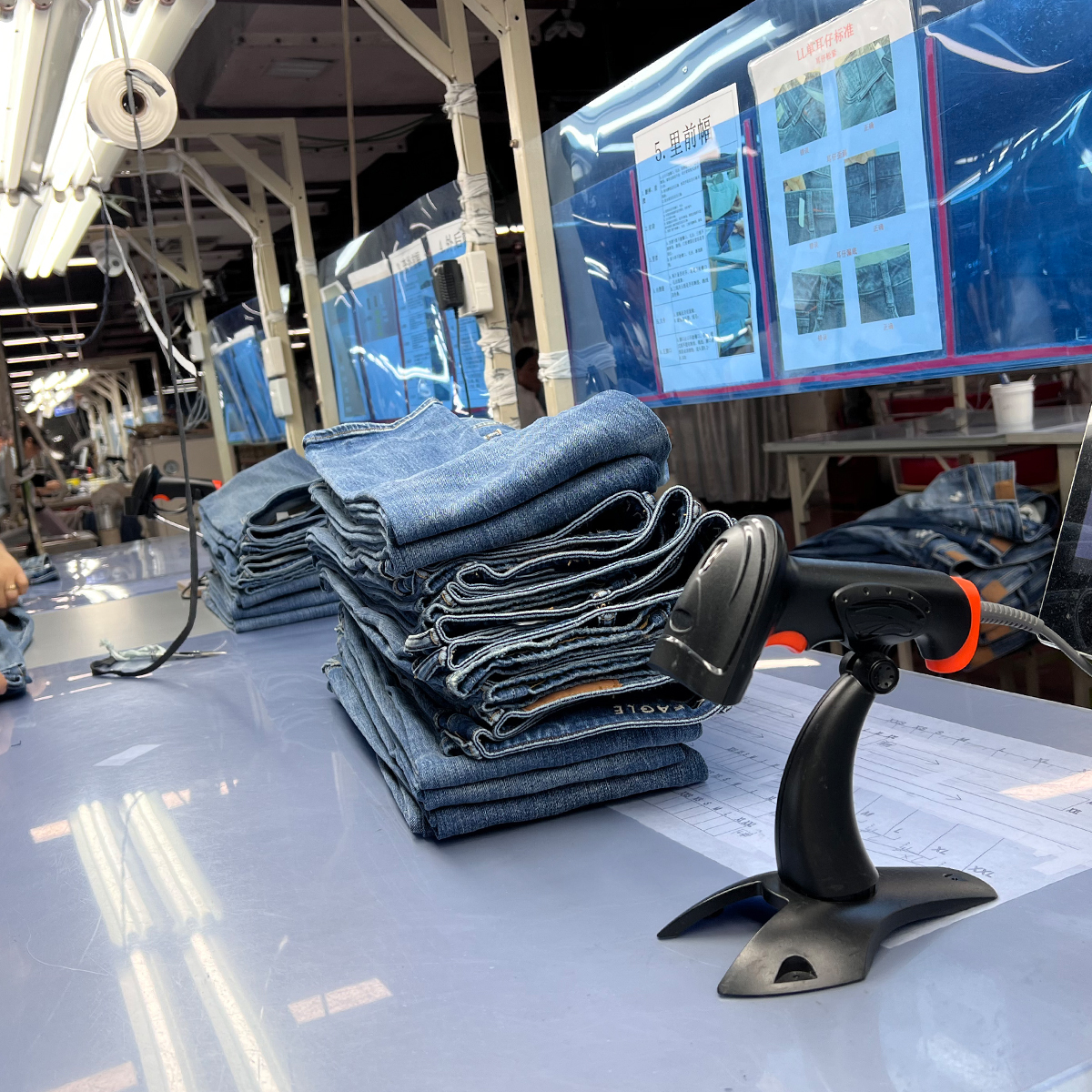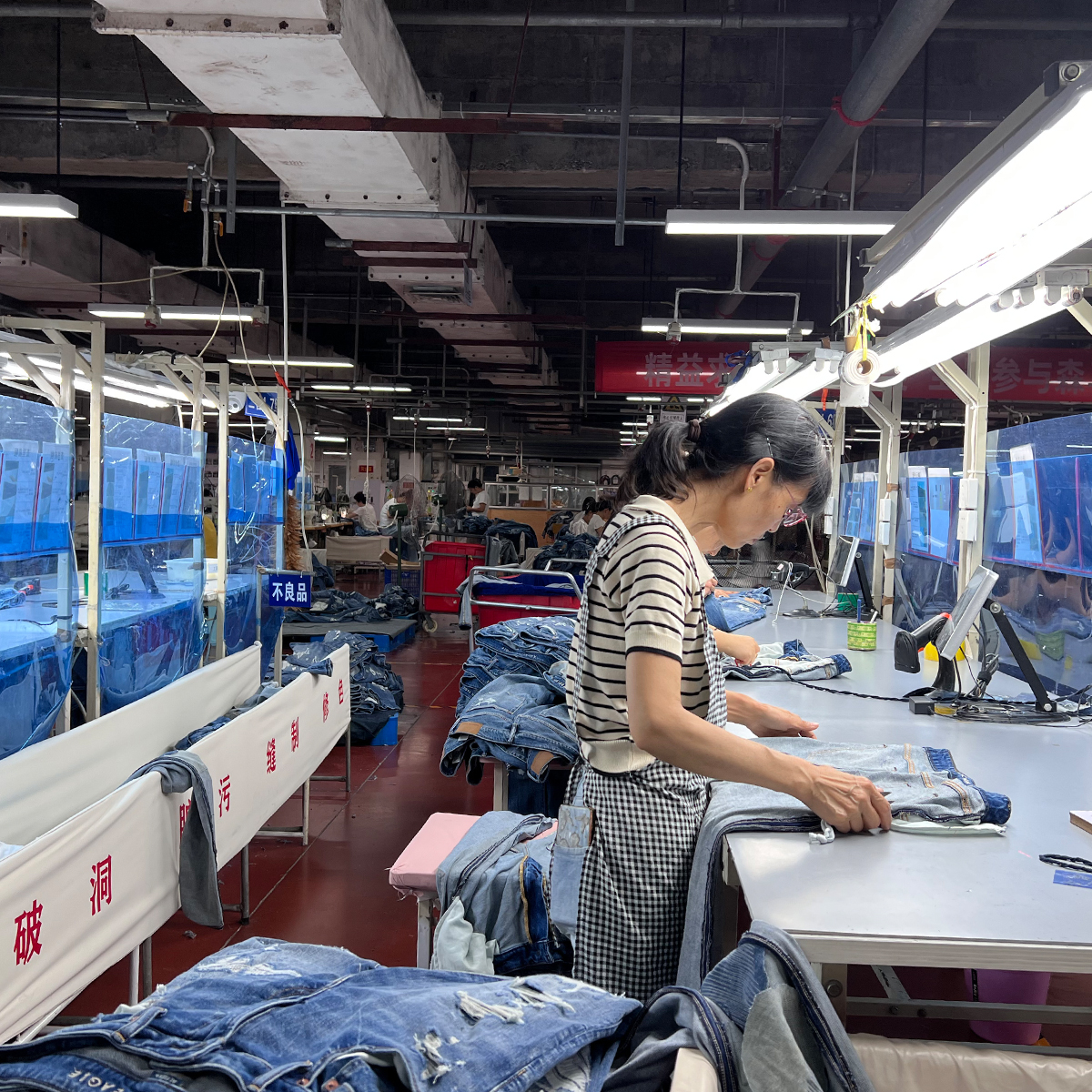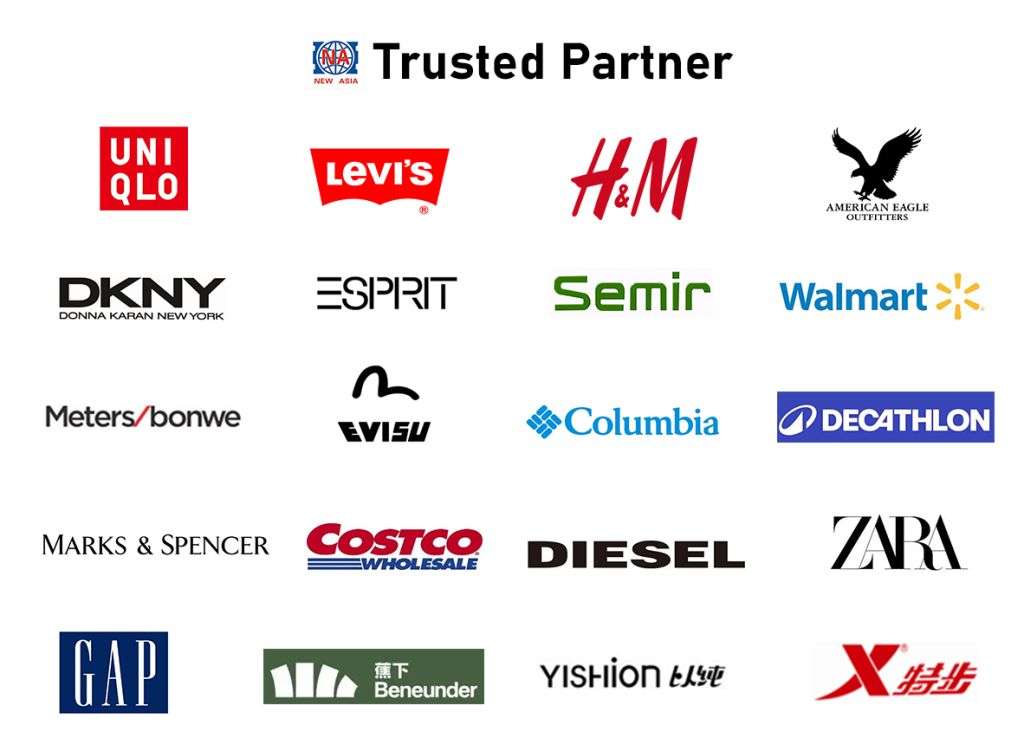Melbourne is not only known for its vibrant culture, stunning architecture, and rich history but also for being a hub of fashion and textile industries. With its diverse population and a strong emphasis on quality and sustainability, Melbourne has become a premier center for clothing manufacturing in Australia. This article explores the top clothing manufacturers in Melbourne, offering insight into their specialties, sustainable practices, and what makes them stand out in a competitive market.
Why Choose Melbourne for Clothing Manufacturing?
Melbourne’s reputation as a fashion capital stems from its combination of innovative design, skilled labor, and commitment to quality. Furthermore, the city’s strategic location and access to international shipping routes facilitate easy distribution to major markets. Here are a few reasons why Melbourne is the ideal choice for clothing manufacturing:
- Skilled Workforce: Melbourne boasts a talented pool of designers, tailors, and production professionals, contributing to high-quality apparel.
- Sustainability: Many manufacturers in Melbourne are adopting eco-friendly practices, which appeal to the growing number of conscious consumers.
- Diversity: The multicultural environment fosters creativity, leading to innovative designs that cater to a global market.
Top Clothing Manufacturers in Melbourne
1. Cotton On
Cotton On is one of Melbourne’s most recognized clothing brands, known for its casual and affordable fashion. Established in 1991, the company operates numerous retail stores across Australia and overseas. Cotton On is committed to sustainability, using organic cotton and recycled materials in many of their products, and actively promoting social responsibility through various charitable initiatives.
2. Gorman
Gorman is an Australian women’s fashion brand renowned for its vibrant prints and artistic collaborations. The brand emphasizes ethical production processes and sources materials from local suppliers whenever possible. Gorman’s commitment to sustainability and slow fashion resonates with consumers looking for unique, high-quality clothing.
3. AS Colour
AS Colour is a leader in blank apparel and offers high-quality garments for both retail and promotional use. Their focus on ethical manufacturing practices and transparency sets them apart from competitors. With a commitment to using environmentally friendly materials, AS Colour caters to businesses that prioritize sustainability in their branding.
4. Baird & McLain
Baird & McLain is a boutique clothing manufacturer specializing in tailored pieces for men and women. With a strong emphasis on craftsmanship, they offer custom services for brands looking to create unique clothing lines. Their small-scale production allows for a focus on quality and detail, making them a sought-after partner for emerging fashion labels.
Key Factors to Consider When Choosing a Clothing Manufacturer
Finding the right clothing manufacturer can be a daunting process. Below are essential factors to evaluate:
1. Production Capacity
Determine whether the manufacturer can meet your production needs. If you anticipate rapid growth, it’s crucial to select a partner that can scale with your business while maintaining quality.
2. Quality Control
Investigate the manufacturer’s quality control processes to ensure that the finished products meet your standards. Request samples to assess fabric quality, stitching, and overall craftsmanship.
3. Turnaround Time
Speed is essential in fashion. Inquire about the manufacturer’s lead times, from sampling to full production, to ensure it aligns with your launch timelines.
4. Ethical Practices
As consumers become more conscious, it’s imperative to partner with manufacturers committed to ethical labor practices and sustainable sourcing. Ask about their factory conditions, fair wages, and environmental impact.
Embracing Technology in Clothing Manufacturing
The clothing manufacturing industry is evolving, with technology playing a vital role in enhancing efficiency and reducing waste. Manufacturers in Melbourne are increasingly adopting cutting-edge technologies such as:
- Automated Cutting Machines: These machines minimize fabric waste and improve accuracy in production.
- 3D Printing: Some manufacturers are experimenting with 3D printing to create prototypes quickly, reducing the time and costs associated with traditional sampling methods.
- Digitally Enhanced Inventory Management: Advanced software solutions enable manufacturers to optimize inventory levels, reducing excess stock and associated costs.
Building a Successful Clothing Line in Melbourne
Launching a clothing line in Melbourne requires careful planning, creativity, and market understanding. Here are some steps for aspiring designers and entrepreneurs:
1. Market Research
Understand your target audience and their preferences. Attend local fashion events and trade shows to get a feel for current trends and consumer demands.
2. Define Your Brand
Your brand identity should reflect your values and style. Create a compelling story that resonates with consumers, focusing on your unique selling points, whether they be sustainability, unique designs, or affordability.
3. Develop a Business Plan
A solid business plan details your market strategy, financial projections, and operational logistics. This plan will be crucial when seeking funding or partnerships.
4. Network
Building relationships within the industry can open doors for collaboration and guidance. Connect with local designers, suppliers, and manufacturers to establish a supportive network.
Future Trends in Clothing Manufacturing
The future of clothing manufacturing in Melbourne is bright, with continued growth expected in sustainable practices and technology integration. Here are a few trends to keep an eye on:
- Local Production: The demand for locally made products will likely grow, driven by consumer preferences for quality and sustainability.
- Customisation: Brands are increasingly offering customizable products, allowing consumers to create unique pieces that suit their individuality.
- Virtual Showrooms: The rise of e-commerce will lead to more brands utilizing virtual reality to showcase their collections, creating immersive shopping experiences.
Conclusion
While this article does not provide a traditional conclusion, it aims to equip you with essential insights and considerations for engaging with Melbourne’s vibrant clothing manufacturing industry. Whether you’re looking to source high-quality apparel or launch your own brand, understanding the landscape and staying informed about industry trends will be key to your success.



